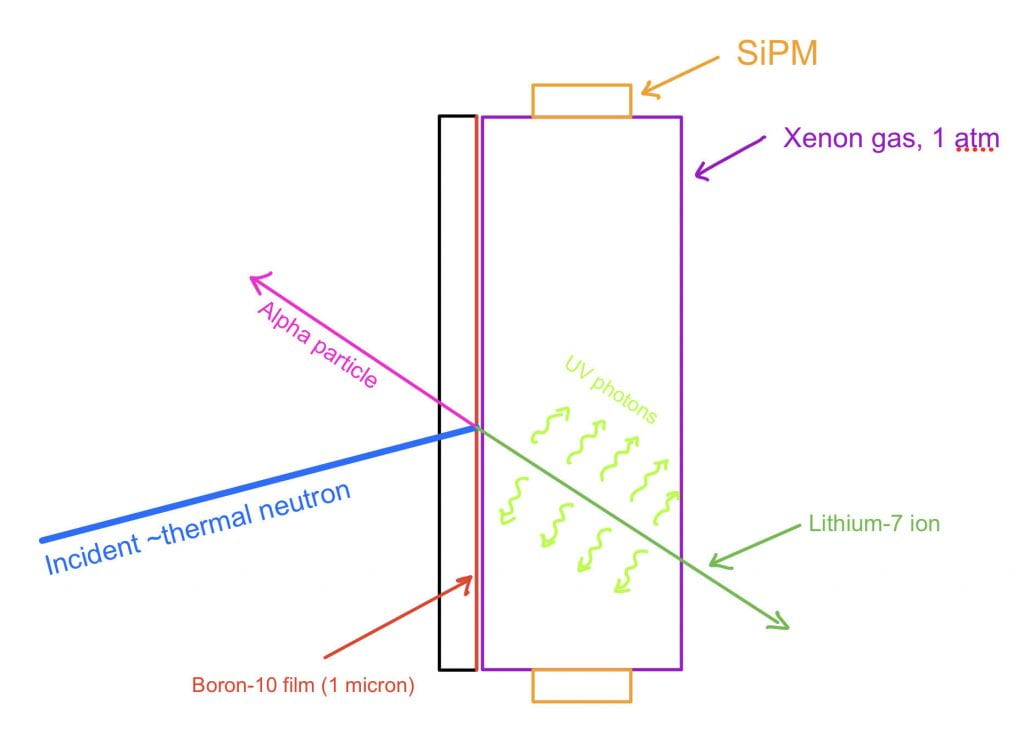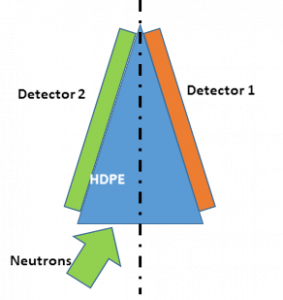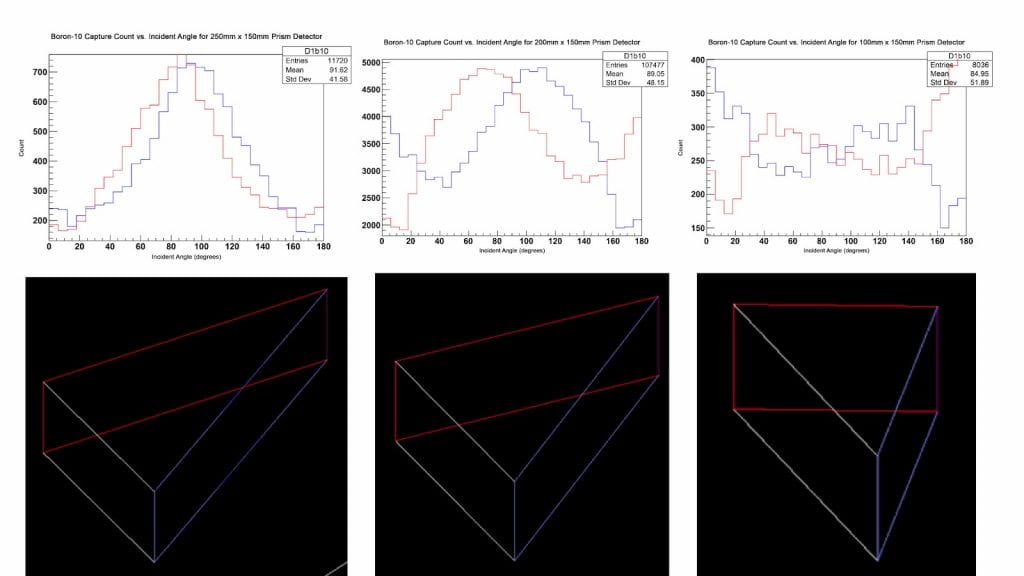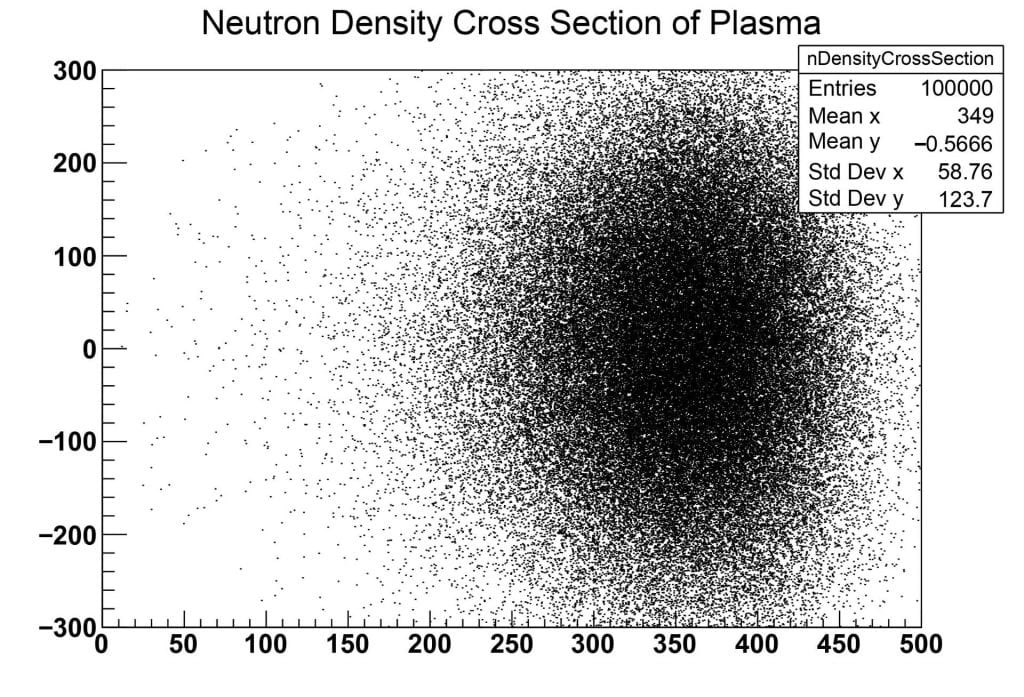The Centrifugal Mirror Fusion Experiment (CMFX) is a University of Maryland-led effort to advance the performance of the centrifugal mirror fusion concept. This experiment seeks to build on the work of an earlier UMD experiment, the Maryland Centrifugal Experiment, to mature the concept and show its promise as a fusion reactor candidate configuration. The project is funded through the ARPA-E BETHE program, which supports promising early fusion technologies which aren’t ready for private investment. The centrifugal mirror configuration aims to resolve many of the shortcomings of a traditional magnetic mirror by rotating the plasma at great speed, thus improving axial particle confinement along the magnetic field lines and smoothing common mirror instabilities like flute instabilities. This rotation is generated by creating a massive radial electric field, thus forcing the confined particles to undergo extreme azimuthal E x B drifts, driving the plasma rotation. The experiment is currently slated to operate for three years, running with a deuterium plasma in its final year.
The experiment is currently finalizing its design, with construction and delivery of major components like magnets and vacuum chamber to begin summer 2021. More information about the experiment can be found on the ARPA-E website: https://arpa-e.energy.gov/technologies/projects/centrifugal-mirror-fusion-experiment
Neutron Detector Development
The Koeth Group’s primary contribution to the effort thus far is the development of a novel neutron detector system for resolving the spatial distribution of neutron emission in the plasma. Building on the work of another UMD and NIST group which has developed a novel neutron detector technology based on noble gas excimers, we are working to design a neutron diagnostic for CMFX which can provide spatial information about the neutron production rate in the plasma. However CMFX will possess a significant stray magnetic field, meaning that many traditional neutron detector technologies like Helium-3 tubes and PMT-instrumented scintillators will be ineffective. The noble gas excimer detector fits this application perfectly – it is compact, requires a relatively small voltage to operate, and is insensitive to stray magnetic fields. The detector consists of a Xenon gas volume, in which one or more faces are coated in a 1 micron layer of Boron-10. An incident neutron is detected when it is captured by a Boron-10 nucleus, producing an alpha particle, Lithium-7 ion, and a gamma ray. As one of the charged particles produced by the interaction passes through the gas volume, it causes some of the atoms to enter an excited electron state. While Xenon normally does not form diatomic molecules, when one atom enters an exited state Xenon can form short lived diatomic molecules called excimers, which rapidly decay, producing a characteristic UV photon which is easily detected by silicon photomultipliers surrounding the gas volume. Thus the path of the ion through the gas volume is of little importance, and bending caused by even substantial magnetic fields does not prevent detection of a neutron capture.
Our work has focused primarily on adapting this neutron detector technology for use in fusion environments, specifically for the CMFX experiment, which will produce ~10^7 – 10^8 D-D fusion neutrons (2.45 MeV) per shot when operated with deuterium. Current efforts have been focused on refining the design of an HDPE moderator attachment, necessary for reducing the neutron energy into a range with a reasonable Boron-10 neutron capture cross section, to make the detector sensitive to the incident angle of incoming neutrons. The GEANT4 monte carlo simulation toolkit has been used to simulate various attachments and evaluate their angular sensitivity to 2.45 MeV neutrons. Several single detector attachment geometries were evaluated, but none were found to produce desirable angular sensitivity. Following the advice of Dr. JJ Su, a dual detector wedge design has been pursued, and angular sensitivity successfully demonstrated.
In this detector configuration, the angle of incident neutrons is determined by measuring the difference in counts between the two detectors, and using a response curve generated by simulation to translate this into an angular measurement. As a result, a large number of GEANT4 simulations of different wedge geometries and incident neutron angles have been undertaken. The below figure pairs different wedge geometries with the corresponding angular sensitivity of each detector, which when a normalized difference is taken generates a unitless response curve which can be used to reconstruct incident neutron angle. The goal in designing angular detectors is to determine if an array of such detectors could be used to extract spatial information about the origin of neutrons in the CMFX plasma. Whether or not this is possible with this detector configuration remains an open question which we are looking to address through more sophisticated simulations.
In order to determine if spatial information about a compact toroidal DD fusion neutron source (the CMFX plasma) could be determined using an array of detectors as those described above, a CMFX-like neutron source must be implemented in GEANT4. This work has the advantage of being useful to all future CMFX neutronics efforts. A primitive version of such a source has recently been completed, which simulates the CMFX plasma as a cylindrically symmetric source with a 2D gaussian radial/axial cross section. Currently the radial/axial neutron generation rate profile is specified analytically in the code; however, adding the ability to specify such a profile numerically from file is a top priority for future work. In this way, information from other plasma based simulations can be used to inform the GEANT4 CMFX-like source, thus boosting simulation accuracy. The below plot visualizes axial vs. radial position of the point of origin of 100,000 neutrons in the CMFX like neutron source.




